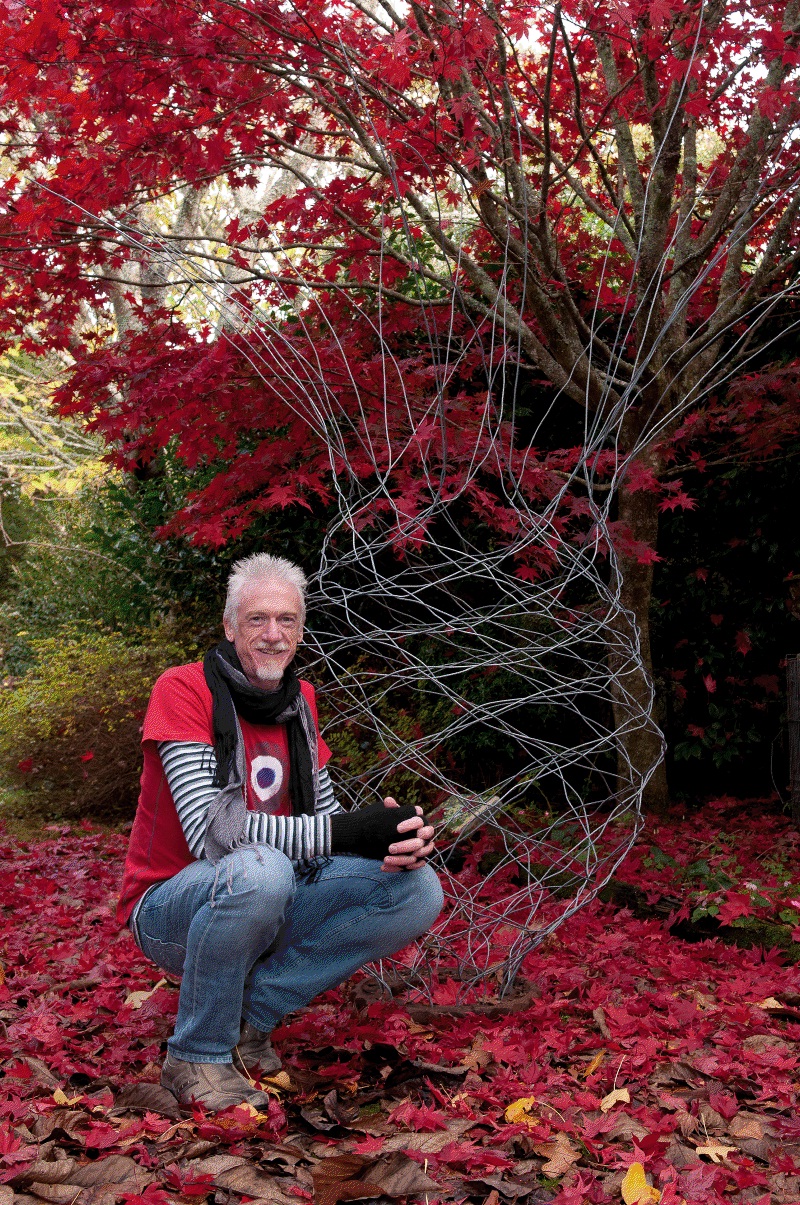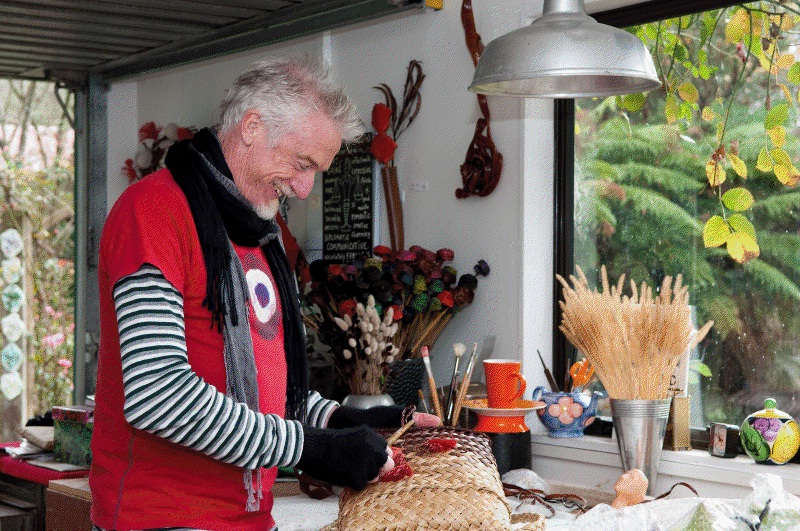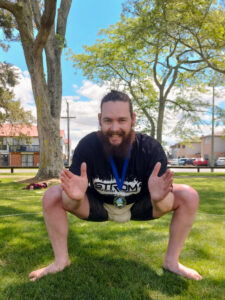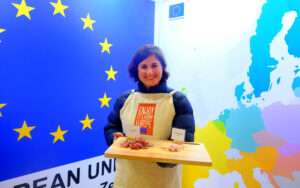A weaver and his wire
Raglan weaver Rob Kear produced a vision of nocturnal beauty to make the finals of the Artspost Number 8 wire competition.
When Rob Kear pulled a sicky from work to be a parent helper at Raglan Kindergarten, little did he know he was on the verge of discovering his true passion.
“When my kids were little there was a couple who came from Huntly to do some weaving out at Raglan kindy. I enjoyed the first day so much, I took a sicky the next day. I wanted to go back (a third day) but I thought I’d better get back to work. I was really bummed.”

Now with 15 years of weaving under his belt, the England-born tradesman and artist this year has entered the Artspost Number 8 Wire competition for the second time.
Kear’s creation, Reaching for a Source, was selected as one of 17 finalists for this year’s competition.
The high-profile national event sponsored by NZ National Agricultural Fieldays draws entrants from all corners of Aotearoa.
“It’s really good to promote yourself and get out there. Lots of people go through Artspost because it has such a good name. It’s almost like free advertising.
“I’m just in it for the money,” he laughs.
Kear created his piece for this year, which sits on his front lawn, from only a machinery sprocket and the iconic number 8 wire.
“Most people when they come over ask, what’s the pile of rubbish for? One of the farmers up the road gave me the sprocket. I don’t know what it came off. It’s rusty and old.”
Being environmentally conscious, Kear often uses the bits and bobs from his “pile of rubbish” to create many of his sculptures.
He employed the Kupenga weave, a traditional white bait weave, to guide 6m lengths of wire through the big cast iron sprocket base.
“It stands as tall as the ceiling and I can’t get my arms around it,” he says proudly.
He describes it as ‘blue sprocket fungi’ growing at the edge of a cave, reaching to find the source of sunlight.
His vision is a nocturnal beauty, coming to life with the help of a blue light illuminating the shapes in the wire.
“It’s really hard to take a photograph of it that does it justice. I just stood there and tried not to shake. It looks quite impressive, really.”
Kear believes that the trick to art is knowing when to stop. In fact, he removed some of his original design as he felt it was beginning to overshadow his simple idea.
The competition’s judge Jeff Thomson says he was impressed with the ingenuity and inventiveness shown by the artists.
“I’m always interested in what people can do when limited to working with one material, as it means new ways of working with that material will evolve the more the artist works with it.
“I suppose I’m looking for that magical moment when the material in the artwork amazes me in some way.”
When Kear is not creating works of art, he’s in his office at Idea Services in Hamilton, spreading his time between two roles.
As their project worker, he educates people with an intellectual disability in the 30-50 year age bracket about proper nutrition and exercise routines.
His job as a learning advisor means taking presentations in a classroom environment, where he often struggles to navigate the technology.
“I wasn’t employed for my technical abilities. I was employed on my good looks alone,” he laughs.

Kear’s previous job as a joiner led him to his current job.
“My dad would never have let me go and do graphic design, I had to have a trade behind me. I used to make cupboards, windows, kitchen joinery and all that kind of stuff. I began teaching people with intellectual disabilities woodwork skills.
“It was a huge change working with people rather than doing my own thing. But I try and make everything fun.”
The creations he is most proud of grace the gardens surrounding his Raglan home that he shares with his wife and their two children.
They often have garden groups who come to look at the beautiful rose gardens as well as some of Rob’s outdoor sculptures.
Puzzled onlookers frequently ask Rob for the story behind his art work. But people who know him well are familiar with his creative process.
“I start off with something weird, then things seem to take a life of their own as they go.”
He has no idea how many hours he put into this year’s piece, but put in half-hour stints “here and there” since February.
“The wire is not an easy material to work with, even though I use a softer alternative. Making sure I don’t poke my eyes out is a big thing.”
Most of the contestants use shorter pieces of wire, welding each bit to the next. But Kear likes to live dangerously, slinging long pieces of wire over his head as he works.
“There’s no point in wearing safety glasses, flying pieces of wire would just knock them off anyway. Close your eyes and duck. That’s all you can do,” he laughs.
Kear also takes a unique approach to the way he weaves.
Given that weaving is a culturally-orientated skill, most weavers are constrained to the methods passed down by their families. Kear on the other hand, has learned various styles of weaving.
“I confuse everybody because it is not my culture or tradition. That’s why I weave with other materials. I do all sorts of different weaves.”
His creation last year, a large woven basket with pops of colour, featured in Cue magazine and is now nestled in his garden.
“It looks amazing when the sun shines through. It catches the colour on the ends. But it’s a pain when you have to mow the lawns.”
See award winners story




